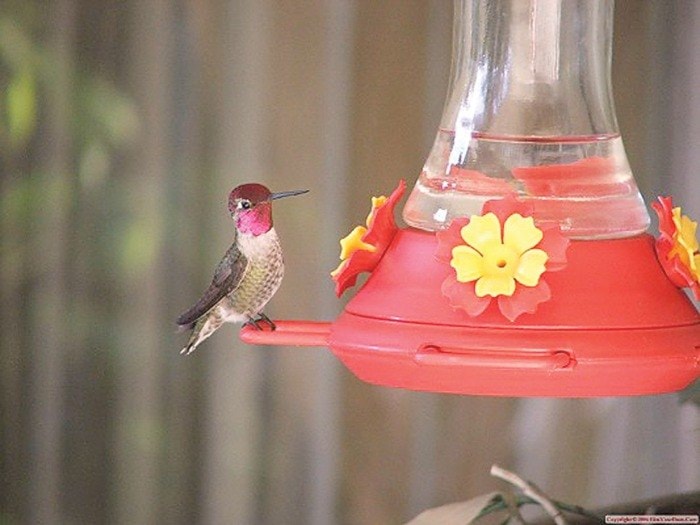After a storm there is always a silver lining and this was true recently when the sound of the howling wind was replaced by the melodic chorus of the songbirds.
It seemed over night hundreds of small songbirds descended on the ground or into the trees searching for food or happily chasing a mate with breeding on their mind. As soon as daylight savings time arrives, the winter migrants from the south return and the migration to the Arctic breeding ground is also under way.
This is a critical time for birds that use our local areas as a pit stop en route to the Arctic and we need to make sure dogs or humans do not disturb these birds as they feed along our shores and estuaries.
Many of our avian species have become year round residents as we have encouraged them to stay by providing back yard feeders to sustain them through the winter months. Often we are not as diligent with cleaning these feeders in the winter, a task that should be a priority at this time of year.
The feeders should be thoroughly scrubbed with hot soapy water and then bleached and rinsed to kill any harmful bacteria.
Many bird species are very vulnerable to diseases like salmonella, especially pine siskins, diseases that can also be passed on to humans. Also remember to clean up the ground under the feeders where feces, fungus, and discarded seeds can attract rodents and other unwanted guests.
Spring cleaning should also extend to other parts of our property, many people will be replacing fences that were blown down or damaged. Fences that are designed to keep out the deer need to be at least six to eight feet in height, and horizontal rails should be close together as deer can squeeze through very small spaces.
Loss of habitat in urban areas makes it all the more important that we try to help our feathered friends and other wildlife, by providing food, shelter or nest boxes where appropriate.
Remember that it is against the wildlife laws to keep or rear wildlife without a permit and feeding mammals can make them dependent on humans for food and bring them into neighbourhoods where they are hit by vehicles or attacked by domesticated animals.
Local garden centres can offer advice on which plants, shrubs or trees are best suited to your needs, where possible using native species.
They can also give advice on deer resistant plants but remember deer are fickle and often try plants they have rejected before.
Depending on the birds you want to attract, it helps to know the basic needs of the species – humming birds need trumpet shaped flowers like fuchsia, columbine, penstemon and honeysuckle and are particularly attracted to the colour red.
Other species prefer seeds, buds, berries or insects, and butterflies are attracted by large colourful flowers. Hummingbird feeders are an added attraction but they are also high maintenance and should be cleaned and refilled on a weekly basis. Do not use food colour and use the ratio of one to four sugar to water; feeders should be in a sheltered area where there is cover close by. Windows are not an ideal spot as often the birds see their reflection and hit the window as they scare off their mirror image.
Other areas around our homes also need consideration; attics, basements, and crawl spaces are often forgotten and can provide the perfect nest site for squirrels, raccoons, birds, or rodents, which in turn can create havoc by chewing wires or holes in your siding. Woodpeckers are another hot topic and we are often asked for advice; northern flickers and pileated woodpeckers have a habit of announcing their presence in hopes of attracting a mate. They do this by “drumming” loudly on a roof vent or wood siding usually at the crack of dawn. Unfortunately, other than lagging the vent to dull the sound you just have to wait until the bird finds a mate or another house that has a louder “noise maker”.
All this talk of spring inevitably culminates in the new generation of wildlife and we always reiterate the importance of leaving wildlife alone, their best chance of survival is with their parents. Each year MARS rescues or receives many baby birds, raptors, seal pups, deer, to name a few. Please call us before intervening with any wildlife. Check our web site for more information or call 1(800) 304-9968 for injured or orphaned wildlife, or (250) 337-2021 for general calls. MARS will be holding an Open House on April 7 and a first annual “Walk for Wildlife” on Earth Day, April 22. Check our web site for more information and pledge sheets at www.wingtips.org
